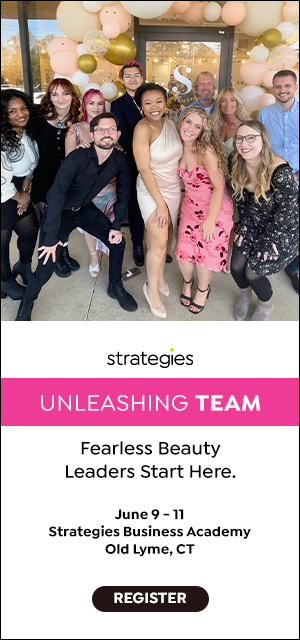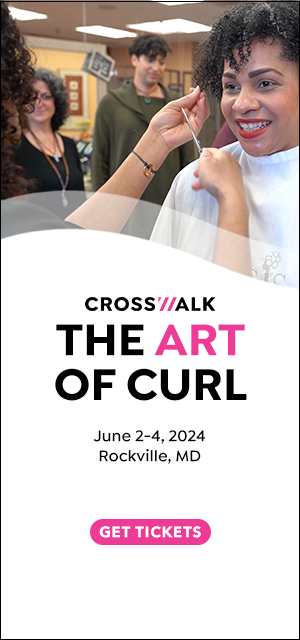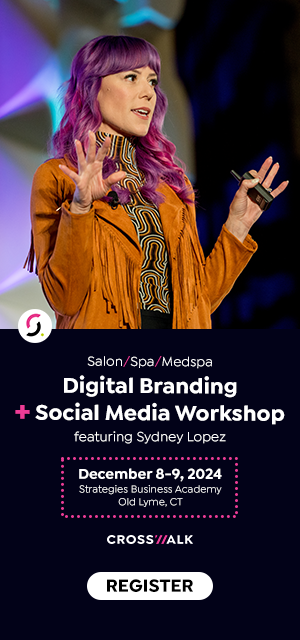How to Dial-Up Team Effort in the Salon or Spa

This is the tale...of the Salon/Spa Effort-O-Meter!
Every salon/spa leader knows what it's like to launch a new system or procedure.
They see positive results spike...
...then within days...
...the gains fizzle.
Any new system or procedure that requires changing a team's thinking and behavior pattern is destined to fail if not supported with relentless information flow and coaching.
Over time, thinking and behavior patterns become embedded habits that are tough to change. That’s why the odds of getting a new system or procedure to stick long term are against you … that is, unless you focus on cranking up the “effort level” of your team.
On a recent coaching call with Christi Dee, vice president at Salon 01 in Carmel, IN, our discussion centered on the level of team effort required to deliver excellence. Our focus was on improving first-time client retention rate.
Salon 01 averages 175 to 200 first-time clients a month and currently retains 48 percent of them. The goal is a 10 percent gain to 58 percent. The drivers are to pre-book first-time clients and consistently delivering professional next-step service and retail recommendations.
Working with Christi, we came up with the idea to create an “effort meter.” Christi hand-designed a simple graphic she aptly named, the “Effort-O-Meter.” Presented at the daily morning huddle, the “Effort-O-Meter” allowed the Salon 01 team to decide on the level of effort the team will collectively rise to in order to achieve team goals. They decided on an effort level of nine out of a possible maximum effort of ten.
[caption id="attachment_5145" align="alignnone" width="1024"]
 Salon 01 Vice-president, Christi Dee (left) and owner, Micki Stirsman (right)[/caption]
Salon 01 Vice-president, Christi Dee (left) and owner, Micki Stirsman (right)[/caption]Here’s Christi’s report on day one of the “Effort-O-Meter”:
“The daily huddle went great … everyone was pumped,” Christi proudly reported. “They voted on a nine effort level. I explained what operating at a 9/10 looked like such as the Happiness System, retail, pre-book, up-selling and cross selling.”
“However, the pre-book from yesterday doesn't reflect a level nine effort. Even though our pre-book was 86 percent for the day, we only rebooked two out of five new guests. Also heard in our closing email report that a lot of people were slacking on the Happiness checklist yesterday which likely resulted in only three out of five first-time guests leaving without a future appointment.”
For clarification, Salon 01’s impressive pre-book rate of 86 percent is pretty typical for the company. It is a reflection of how disciplined and structured Salon 01’s culture and operational systems are. The 12,000 square foot location and its 48 employees will achieve total revenues of over $4 million this year. The company has been on Team-Based Pay since early 2008.
Christi and Salon 01 owners, Micki and David Stirsman, are relentlessly engaged in the fine-tuning process to improve critical numbers like first-time client retention rate. They strive for excellence and high performance at all levels of the company. In a very empowering way, they truly embrace “good is not good enough” thinking and behavior.
My coaching response to Christi:
“Christi, you are in the thick of leadership and changing behaviors. The team voted on a level effort of nine and, by the end of the day, delivered something more like a level four. Pre-booking two out of five new guests is not a level nine effort. Today, you have the opportunity to coach your team to rise to the level nine effort they set out to achieve.”
“The Happiness System, as simple as it appears, can be hard to execute consistently across an entire team. Coach them. Help them understand and adjust. Have team members that function at a level of nine to ten help those that need to up their game. Do not lose your focus. Do not back down. Do not beat anyone up … this is a learning process. Yesterday was day one of a journey to excellence. Got it?”
Christi’s report on day two of the “Effort-O-Meter”:
“Quite the turn of events around here on day two. Six out of eight new guests pre-booked; $1,500 over daily total sales goal, $700 over retail goal for the day … and even sold some gift cards.”
The “Effort-O-Meter” is a learning tool
As goofy as it may appear, Christi’s use of her Effort-O-Meter clearly communicates the level of effort it will take to achieve team goals and opens up a powerful learning and culture shift opportunity.
Here are some No-Compromise Leadership lessons on what it really takes to get a new system or procedure to stick:
- The hard work begins after the launch: If your idea of launching a new system or procedure is the equivalent of hitting the launch button for a rocket and expecting it to enter into a precise orbit, you’re setting yourself and your team up for failure. The launch is the easy part - controlling the guidance system is where the real work begins.
- Daily coaching rocks: Getting a new system or procedure to stick in a service business demands intense focus and coaching support. Addressing challenges at quarterly or monthly team meetings lacks the level of coaching and accountability that thinking and behavior changes require. Daily group huddle reinforcement and selective one-on-one coaching communicates that the salon/spa is committed to making it work.
- Divide and conquer: Owners … you don’t have to do it all yourself. Use your people resources. A good rule of thumb is one mentor/coach to a maximum of five people. The larger the salon/spa, the more mentor/coaches you’ll need to help and guide team members to adapt to the new systems and procedures. Just don’t exceed the maximum of five team members per mentor/coach. Doing so will create logistical hurdles to allow sufficient time to mentor/coach. The goal is persistent and consistent information flow, coaching and oversight.
- It really takes six months: It is true that new thinking and behavior settles in at about the 30-day mark … but that’s far from the time needed to get a new system or procedure to stick. Consider the first 30 days as the kickoff and ramp-up. The next 60-90 days is the coaching and refinement stage. The 90- to 120-day period is the reinforcement and locking in period. Remember: Old thinking and behavior lurks just waiting for an opportunity to resurface.
Here’s my challenge to you: Create your own “Effort-O-Meter” and focus it on driving one or two critical numbers for six months. You’ll be amazed at what your team will achieve … if you stay the course.









Comments
No comments found. Start the conversation!
Leave a Comment